Throughout the 19-th century, there have been many outstanding artists that have been ill-fated in their career and often fade away or end up forgotten. Many are still being rediscovered in this era of information.
Whether due to harsh critics, personal distress or problems with the authorities, too many artists have been shunned and ignored. It almost always resulted in their work being buried by time. The brilliant Neoclassical artwork of John William Godward is one such example and has been criminally underrated throughout the ages.
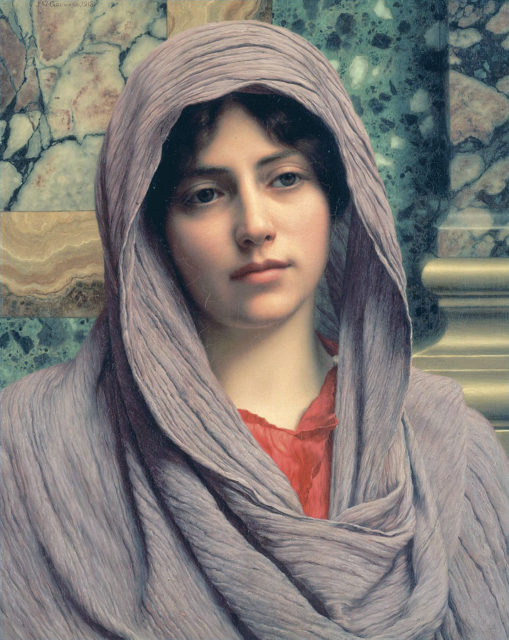
John William Godward was the oldest son of 5, born in Wilton Grove, Wimbledon, 9th August 1861 to Sarah Eboral and John Godward, a well-respected investment clerk. His family’s wealth secured a lavish education for the young artist who was offered a job at his father’s firm, which he declined to pursue a hopeful career in painting.
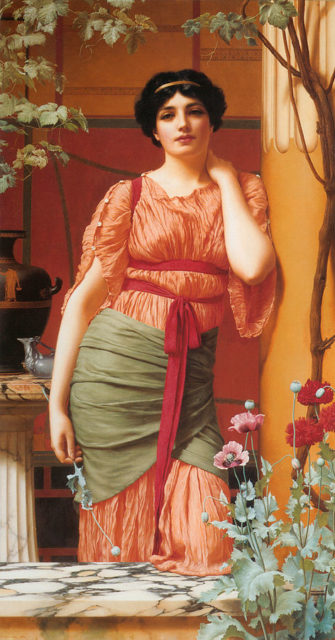
Sadly, there have been instances of disagreement and conflict because of certain extremely stern parenting methods. His shyness and reclusiveness are all due to his father’s authoritative demeanor, constantly disregarding his son’s passion for painting. After moving to Italy in 1912, the ties with his family were completely cut off. All the family photographs which included him were snipped off and the life of the artist remains shrouded in mystery.
He has been constantly berated by his family and the disproval followed by overbearing criticism proved too much for Godward. His masterful ancient Greco-Roman depictions of young women were overshadowed by Picasso’s modernist commissions during that period, which led the unfortunate painter to end his life at the age of 61. He was buried in the Brompton Cemetery in west London.
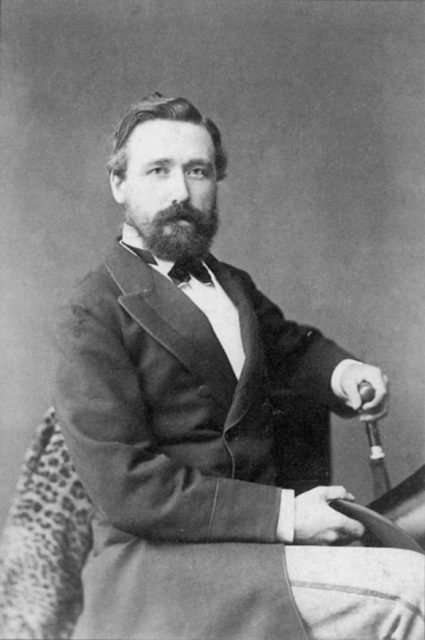
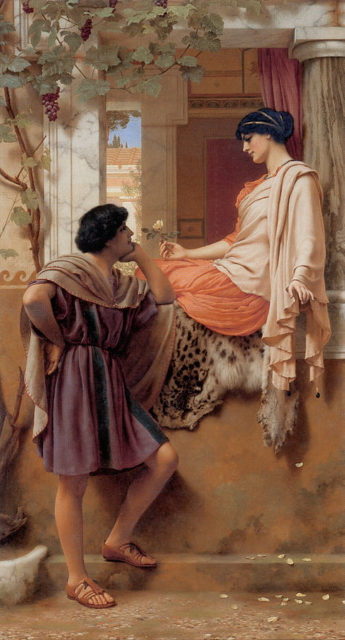
In fear of getting their social reputation tarnished, Godward’s family burned all of his possessions and photographs. His suicide letter wrote: “The world is not big enough for me and a Picasso”.
Under the tutelage of Sir Lawrence Alma-Tadema, a master painter skilled in Victorian Neoclassical depictions of ancient daily life, Godward mostly painted female subjects in finely textured tunics in Classical marble surroundings and serene skies. He paid very close attention to detail, textures, and historical accuracy to emphasize the authenticity of the Greco-Roman paintings.
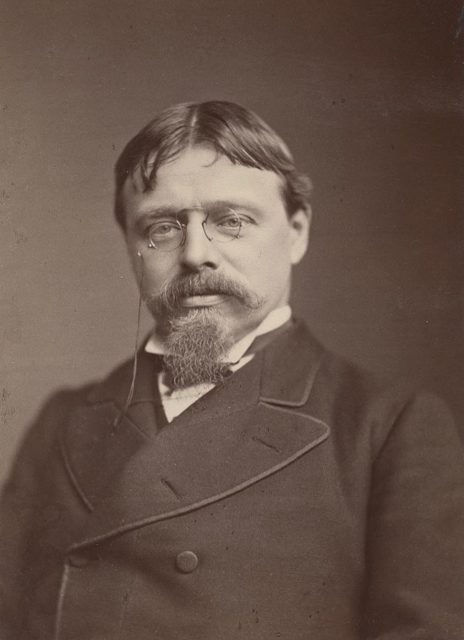
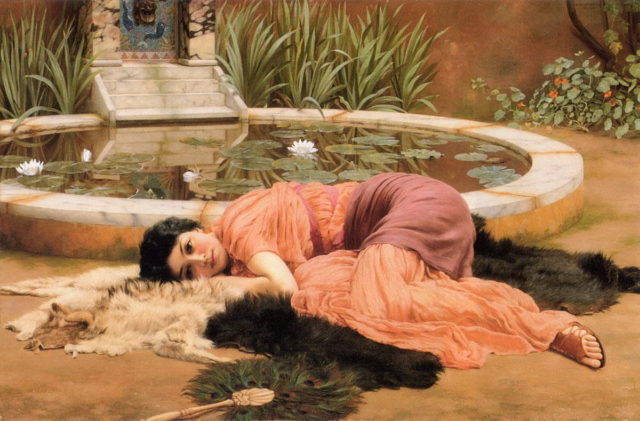
However, his fine style of painting has gone unfavorable among the art critics by the end of the 19-th century. It opposed the modernist and dadaist approaches which were just starting to popularize and were well-received at that time.
Godward’s artworks were mockingly dubbed as “Victorians in togas”, because of the way subjects were romanticized and idolized, which lead to a false artistic worldview of ancient life, depicted in smooth colors. The general interest in neoclassicism and the attempted revival of the ancient lifestyle in this era was at its final decline. Godward’s commissions were flawless and detailed, but his timing was poor, as the artistic genre was coming to an end.
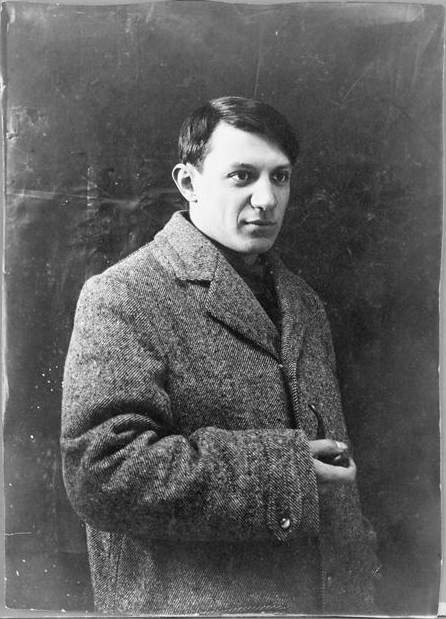
Godward was perhaps the last hero to ever attempt a revival of the classical genre, constantly under attack by the harsh avant-garde critics that preferred the ‘dreaded’ artistic futurism. Of course, we, as subjective evaluators, would favor the first progenitors, rather than those who would come after.
Many 19-th and 20th-century critics overlooked this artistic movement and didn’t bother to analyze the dying genre, which was lastly defended by Godward.
The Art Renewal Center boasts an enormous gallery of his artwork, along with his biography, rescued by Dr. Vern Grosvenor Swanson, who succeeded in shedding light to this almost forgotten artist.
